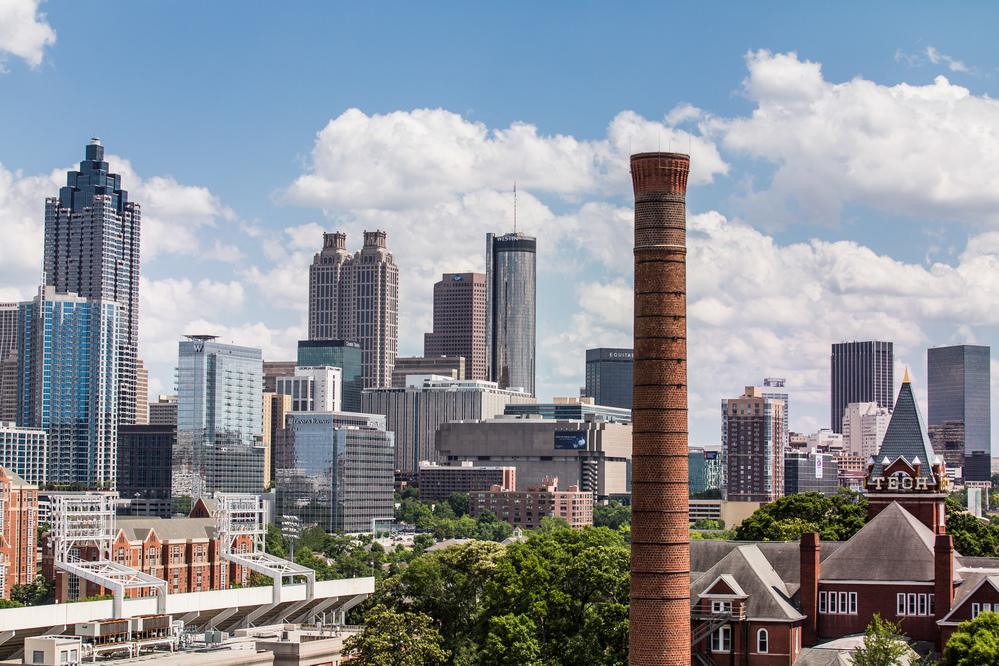
“What is Driving Up the Cost of College?“, asked the question that many outside and inside academia want to know the answer to — especially this time of year as families contemplate writing college tuition checks that over four years will top $200,000 According to a recent Pew poll, the majority of Americans believe that a college education is becoming unaffordable and want to know why. Facile explanations are easy to come by, but there are few that match the facts.
So what’s going on? Much of the popular discussion of tuition increases is based on three “facts” that are not true. They may be easy to toss off on editorial pages or cable talk shows, but they are myths.
Myth 1: The rate of college tuition increases is at historical highs.
If you listen to many commentators, college tuition is hyper-inflationary. In fact, students at many public campuses have seen tuition and fees double over the last decade, and–as the stubbornly persistent effects of the recession strain family budgets–become increasingly unaffordable.
Affordability is a real problem and prices are on an unsustainable path, but it is not the case that were are in the middle of some hyper-inflationary bubble.
In normal times, tuition rises at roughly twice the rate of inflation. From 1958-1996 that averaged somewhere near 8%. For most of those years, the increases were offset by increased spending for financial aid and by general growth in personal income, which hid many of the most serious consequences of this rise in prices.
Recent years are different, some argue. Let’s take a look at that claim. Annual inflation for 2011 was 3.16%, but that actually understates inflation for the months in which trustees and legislative committees approve tuition increases. The annual rate of inflation for the last three quarters of 2011 was just under 3.5%.
Private institutions raised their prices last year, but the rate of increase was actually in line with inflation. 2011-2012 tuition increases at nonprofit private institutions averaged around 4%. For-profits increased their prices 3.6%. When it comes to holding the line on prices, these institutions actually performed much better than historical trends.
Public universities raised their prices at the much more dramatic rate of 8.6%, 20% above historical highs of the decade 1992-2001.
In short, the only increases that are above historical highs are at public universities, but only by a relatively modest amount.
(For the conclusion of this article, please visit innovate-edu.com)